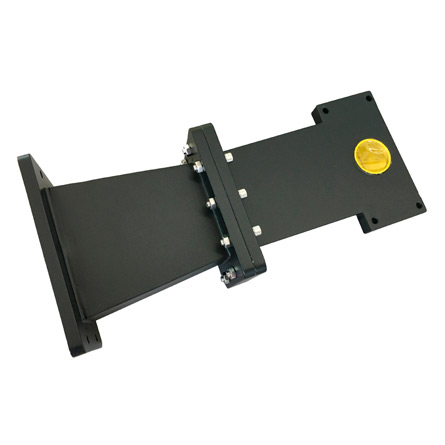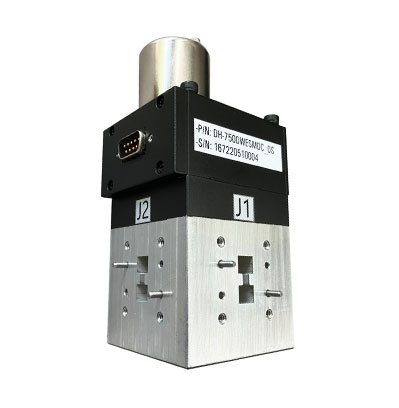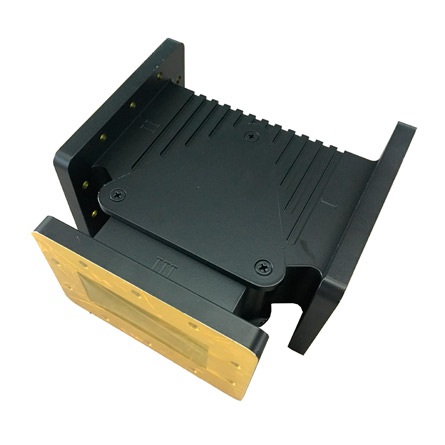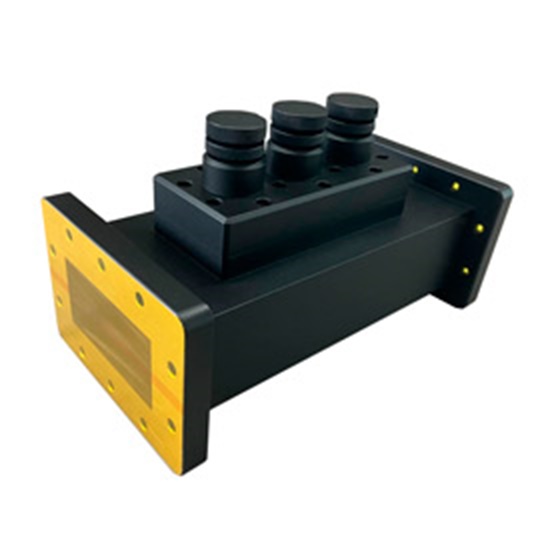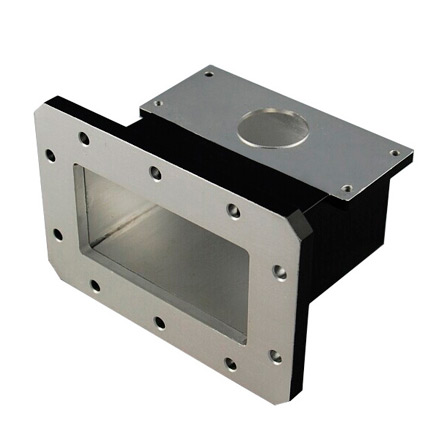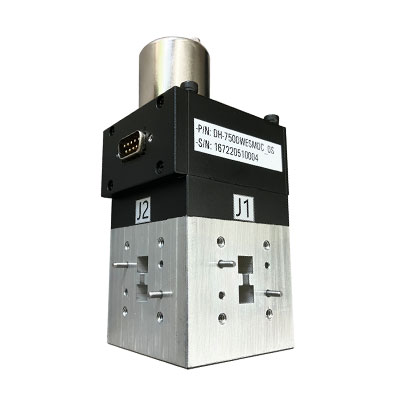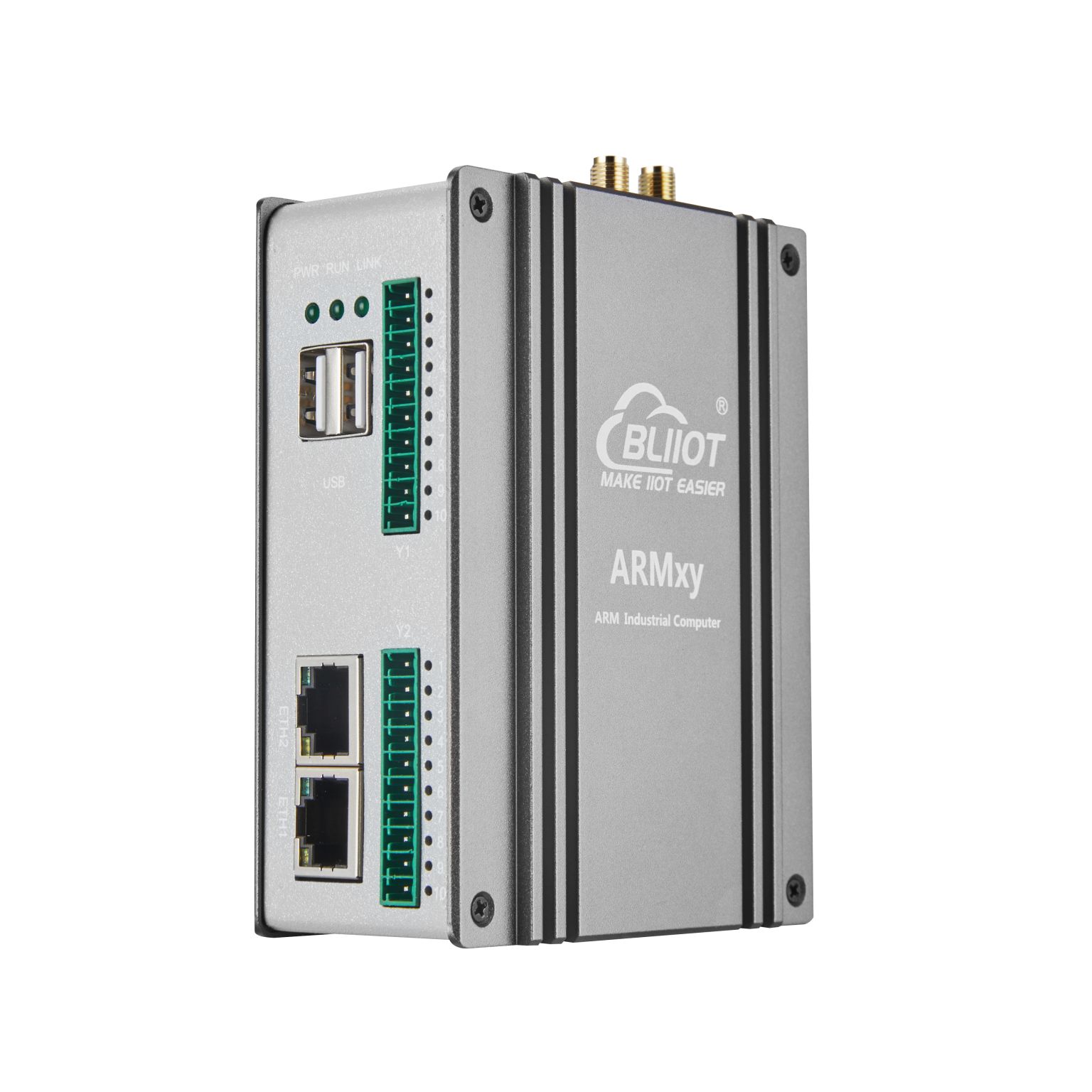Industrial Microwave Transitions
Dolph Microwave provides the Industrial Microwave Transitionfrom double-ridge waveguide to rectangular waveguide with standing wave≤1.15. The transition length, flange, material, surface treatment and electrical specifications of the double-ridge waveguide to the rectangular waveguide can be customized according to user requirements. Microwave components for industry microwave is 915 and 2450MHz.
Taking the WR340(2450MHz) for example.
Options when Looking for Industrial Microwave Transitions
Flange type: Flat or groove
Length requirement in mm
Finishing: black, white, grey or others
Material: Aluminum or Copper
Application of the Industrial Microwave Transitions
Industrial Microwave Transitions refers to the transition or conversion between different waveguide apertures, which is used for measurement, testing, transition, mode conversion, signal transmission and so on. Industrial Microwave Transitions can connect with both double-ridge waveguide and rectangular waveguide, with low insertion loss and high matching during connection.
For more information about waveguide types, please feel free to contact us!
在线联系供应商
Other supplier products
| Double Ridged Waveguide Switches | Dolph Microwave series model's frequency are covering from 2.60 GHz to 110GHz. Usually, in accordance with drive modes, they can be classified into... | |
| Industrial Microwave Circulator | Dolph Microwave offers a standard product line of Industrial Microwave Circulator for 915 and 2450MHz. Using standard waveguide flange, the product... | |
| INDUSTRIAL MICROWAVE COMPONENTS | Dolph Microwaveoffers a full line of industrial microwave products. Specializing in waveguide components, including launchers, isolators, direction... | |
| Industrial Microwave WG Magnetron Launcher | Industrial Microwave WG Magnetron Launcher Dolph Microwaveproduces waveguide components for both high-end and simple microwave plasma applicatio... | |
| Double Ridged Waveguide Switches | Dolph Microwaveseries model's frequency are covering from 2.60 GHz to 110GHz. Usually, in accordance with drive modes, they can be classified into ... |









